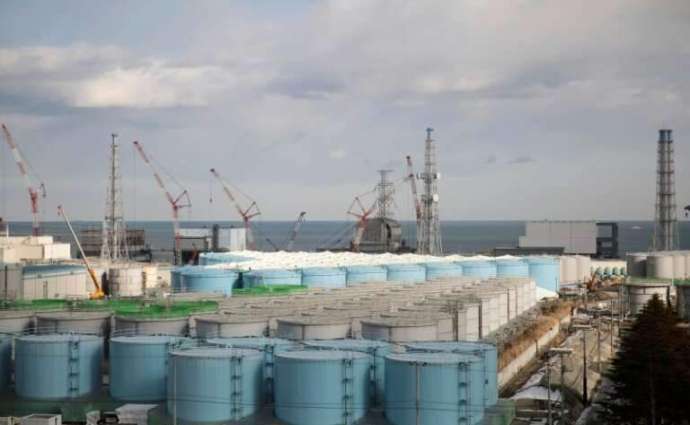The potential release of the tritium-tainted wastewater that is accumulating at Japan's crippled Fukushima No 1 power plant into the Pacific Ocean would be safe and entail "significantly small" risks, media reported on Monday, citing the Japanese Ministry of Economy, Trade and Industry
TOKYO (Pakistan Point News / Sputnik - 18th November, 2019) The potential release of the tritium-tainted wastewater that is accumulating at Japan's crippled Fukushima No 1 power plant into the Pacific Ocean would be safe and entail "significantly small" risks, media reported on Monday, citing the Japanese Ministry of Economy, Trade and Industry.
More than a million tonnes of wastewater is currently stored in tanks at the Fukushima site, but the facility is reportedly running out of available space and expects to exhaust its capacity by summer 2022.
The level of radiation after the contaminated water is possibly discharged over a year will amount to only from one 1,600th to one 40,000th of the radiation that humans are naturally exposed to, the Kyodo news agency reported.
In September, the Fukushima Daiichi D&D Engineering Company, a subsidiary of the Tokyo Electric Power Company, which is� responsible for the decommissioning of the Fukushima nuclear plant, said that it would need two to three years to make all of the necessary preparations for the release of the contaminated water should the government make the decision to discharge it.
However, South Korea actively opposes this move, saying that the release of the radioactive water could significantly damage the environment. In August, South Korean President Moon Jae-in instructed the government to take measures against the potential discharge.
�The accident at the Fukushima plant in March 2011 was triggered by a 46-foot tsunami that hit Japan following a 9.0-magnitude offshore earthquake. The meltdown at three out of the four units and hydrogen-air explosions, which were provoked by a cooling systems failure, led to the leakage of radioactive materials and the shutdown of the plant.




